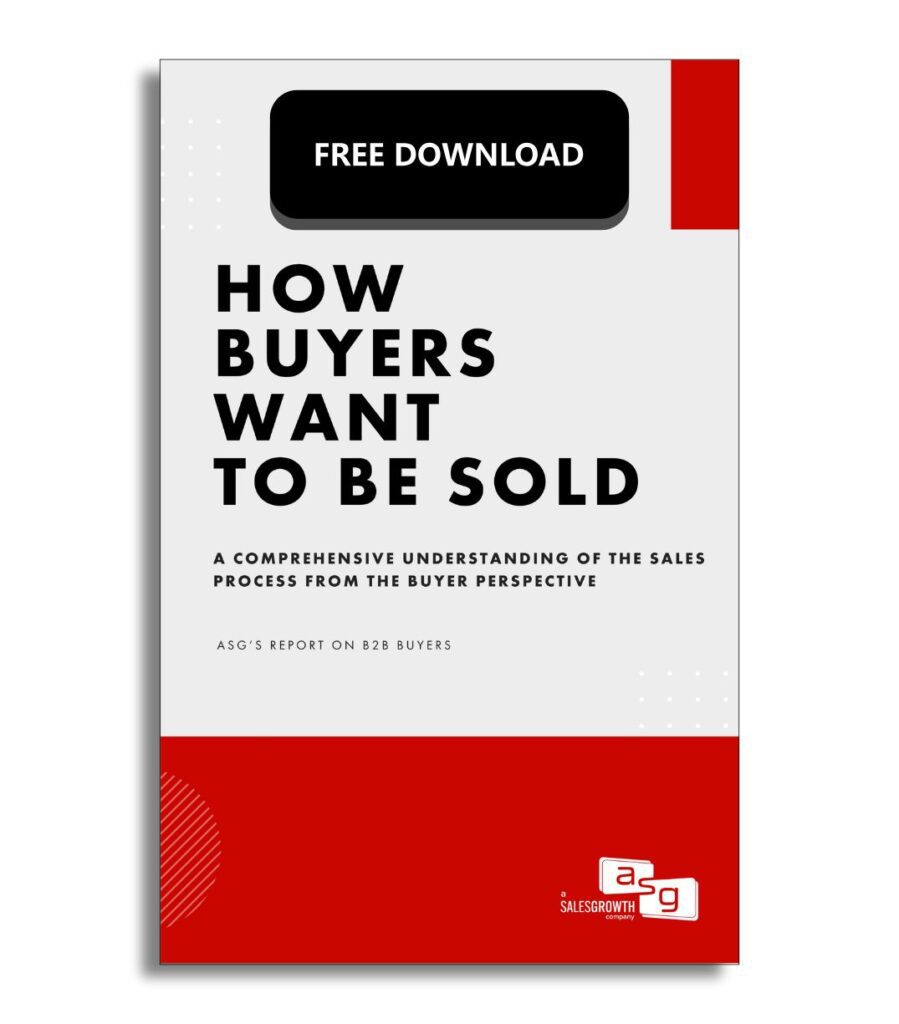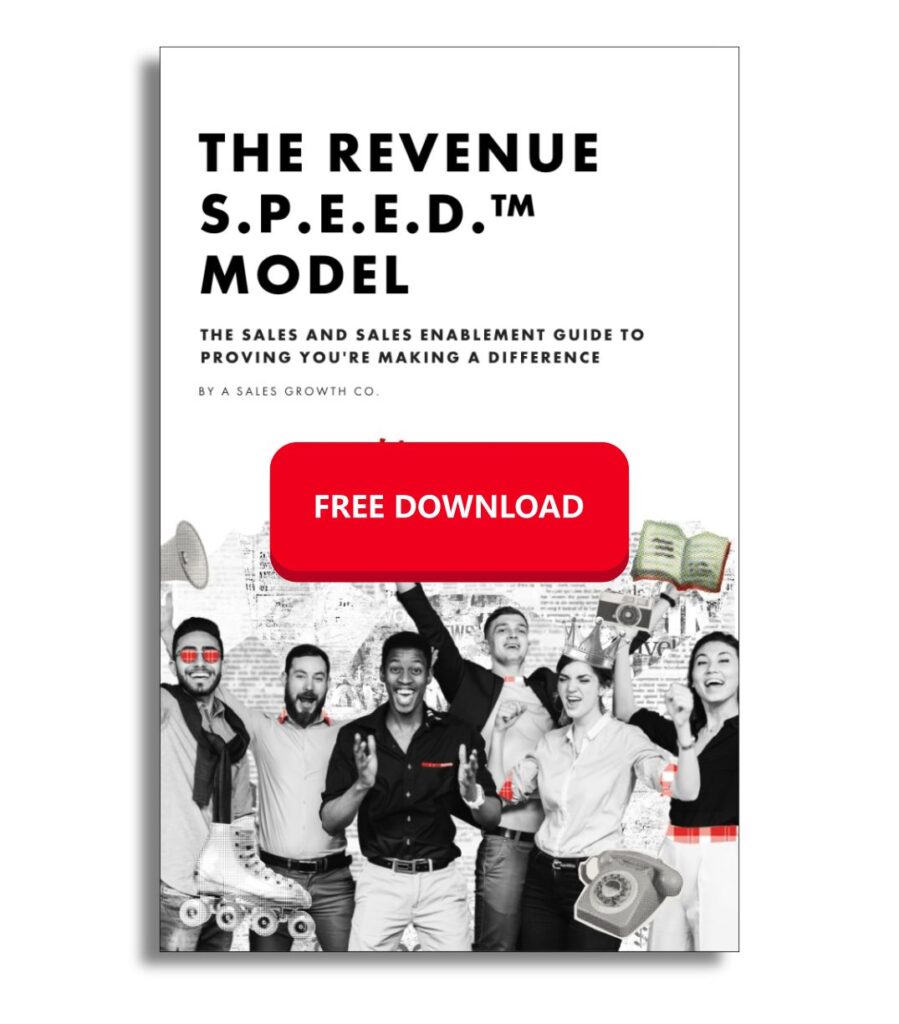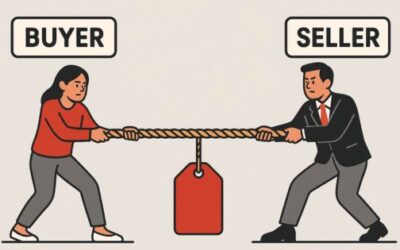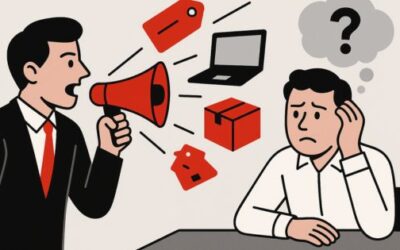ASG’s 2024 buyer survey reveals critical gaps between how sales teams sell and how buyers want to be sold. The data highlights execution issues across discovery, outreach, and demo performance that directly impact deal outcomes.
This article outlines the five most important takeaways from the survey. Each insight is backed by data and tied to a specific sales behavior that leaders can address across training, messaging, and enablement systems.
Sales leaders and enablement teams can use this information to evaluate whether their current approach aligns with buyer expectations and where to adjust strategy to improve results.
Key Takeaways
- 67% of buyers rank discovery as the most important part of the sales process – Reps must slow down, uncover real problems, and confirm impact before pitching.
- 56% of buyers have purchased from cold outreach – Personalized, problem-focused messaging outperforms generic sequences.
- 71% of buyers who ghost after a demo never re-engage – Demos that ignore discovery details fail. Reps must map features to the buyer’s root cause.
- 82% of buyers prioritize credibility over likability – Sellers who lead with insight, clarity, and business relevance win more trust.
- 60% of buyers say sellers don’t uncover the real business problem – Training and enablement must drive behavior change tied to opportunity execution.
Discovery Matters More Than Anything Else
Survey Finding: 67% of buyers said discovery was the most important part of the sales process.
Buyers expect salespeople to identify and understand their problems before offering a solution. When reps skip discovery or move through it too quickly, they miss critical inputs that drive urgency and deal movement. Buyers disengage when sellers fail to uncover what matters most (86% of B2B purchases stall during the buying process).
Action Steps:
- Train reps to open discovery with questions that surface the buyer’s current challenges, goals, and internal impact
- Require reps to document a buyer-confirmed problem statement before progressing to recommendation or demo
- Use pipeline and call reviews to confirm reps identify the root cause and quantify the cost of the problem
Cold Outreach Works, If You Know What You’re Doing
Survey Finding: 56% of buyers said they’ve purchased from cold outreach.
Buyers don’t automatically dismiss cold messages but, most fail to get their attention. Outreach that feels templated, vague, or focused on the seller’s offer gets ignored. Buyers respond when reps show they understand the buyer’s world and can speak to a real problem worth solving.
Action Steps:
- Audit outbound messages for clarity, relevance, and buyer-specific context
- Train reps to lead with a problem statement grounded in the buyer’s likely pain or risk
- Review booked meetings monthly to identify what messaging triggered engagement
Most Demos Cause Buyers to Disengage
Survey Finding: 71% of buyers who ghost after a demo never re-engage.
Demos often highlight what the seller thinks is most innovative or differentiated. But when those features don’t directly connect to what the buyer shared in discovery, engagement drops. Buyers want to see how the product solves their specific problem not a tour of everything it can do.
Action Steps:
- Require every demo to start from the buyer’s documented problem and root cause
- Train reps to present only the features that solve the issues uncovered in discovery
- Audit demo recordings to confirm reps stay focused on the buyer’s world, not a feature checklist
Buyers Value Credibility Over Likability
Survey Finding: 82% of buyers said credibility matters more than likability. 54% said they don’t need to like the salesperson to do business with them.
Reps who focus on building trust and delivering insight have more impact than those who focus on rapport. Buyers pay attention when reps ask informed questions, understand the business context, and connect their recommendations to real problems. Likability helps, but it doesn’t close deals.
Action Steps:
- Train reps to ground their recommendations in buyer input, industry benchmarks, and business outcomes
- Use call reviews to confirm reps ask targeted, diagnostic questions that explore cause and impact
- Coach reps to communicate with clarity and stay focused on solving real problems
Sales Enablement Still Isn’t Closing the Gap
Survey Finding: 60% of buyers said their seller didn’t uncover the real business problem.
Despite heavy investment in tools, training, and content, many enablement programs still fail to improve execution where it matters. Reps aren’t diagnosing problems. They’re pitching solutions before understanding what’s broken. This gap in problem identification weakens discovery, deal control, and demo relevance.
Action Steps:
- Evaluate whether your enablement content helps reps uncover root causes and quantify impact
- Require every training initiative to align with defined sales behaviors tied to opportunity execution
- Measure key sales metrics following enablement initiatives. Track changes in win rate, deal size, sales cycle length, and pipeline quality to confirm impact
Conclusion: Sales Execution is Lacking
ASG’s 2024 buyer survey highlights persistent misalignment between buyer expectations and seller execution. Buyers want reps who uncover real problems, connect solutions to root causes, and communicate with clarity. Instead, too many sellers rush discovery, overuse generic outreach, mismanage demos, and prioritize likability over credibility.
These issues are fixable, but only if leaders operationalize what buyers actually expect. Reps need consistent training on core sales behaviors, clear standards for discovery and qualification, and regular inspection of how they manage real opportunities.
Buyers expect sellers to focus on their world. The teams that adapt to these expectations will see stronger engagement, cleaner pipeline, and more consistent deal outcomes.





0 Comments